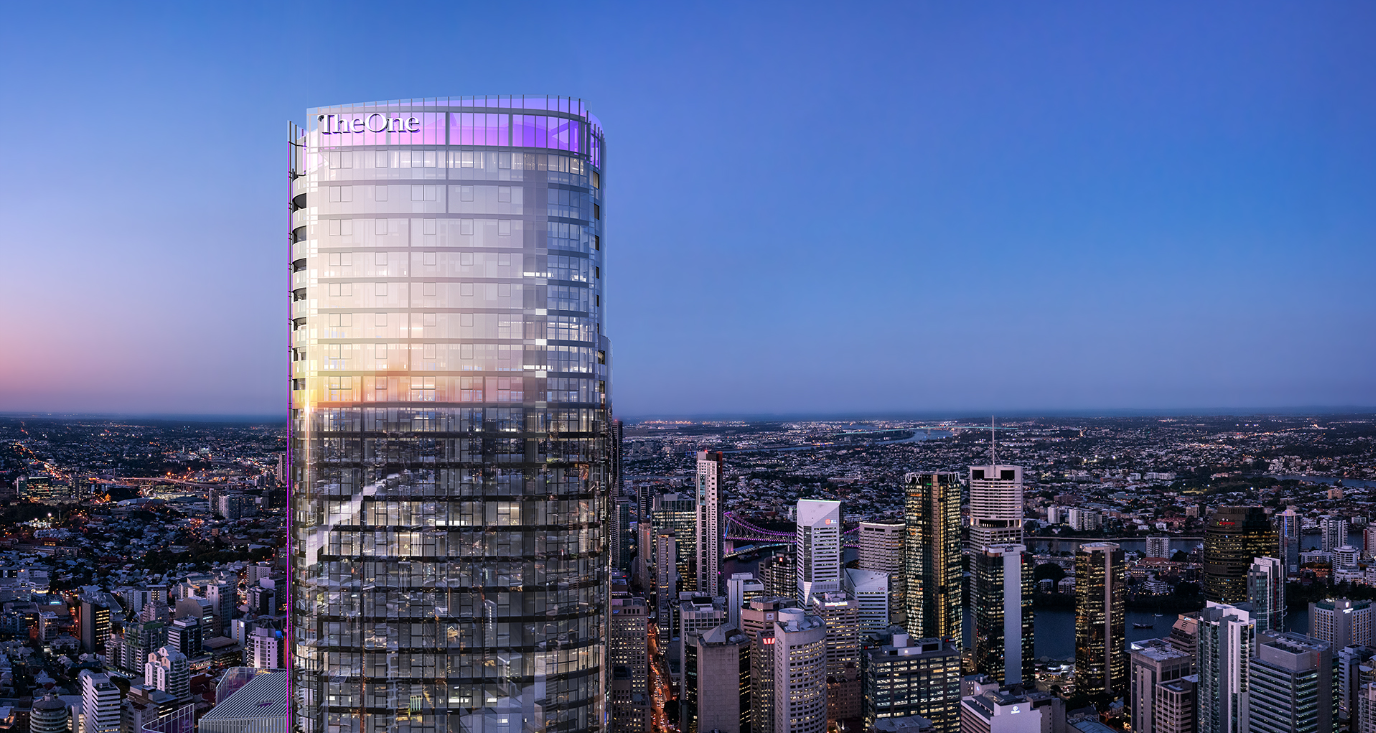

Investing in property is generally considered a sure-fire way to improve wealth. However, the process of choosing the correct investment property can be difficult, even beyond considerations such as location, price range, and expected returns. Here, we outline three common myths that investors get caught out by, and what you can do to avoid or work around them:
Most property investors are told that they should expect their investment properties to double in value every 10 years.
It is true that the median house price in most capital cities increases by 8–11% per annum compound, but you’re not comparing like-for-like. The median house in the 1980s, for instance, was on a standard quarter-acre block, or about 1,000 sqm. The standard block of land in 2020 is now less than 450 sqm. The median house price in Sydney in 1986 was $104,600 and today is $985,000. However, the house you bought in 1986 was on 1,000 sqm and 20km from the CBD – it’s now worth much more than $985,000, simply due to the size of the lot.
Comparing house prices now with house prices 10 years ago is not providing you with a true picture of your investment growth. You should always look at the growth of the suburb you’re planning to buy into, along with the price growth patters of similar properties to yours. This will give you a far more accurate picture of how much you can expect your investment to grow over 10 years.
Many investors look to purchase properties as close to the city as possible, but this could be a mistake. It is a commonly held myth that you have to buy in the inner city to get a good return, but that simply isn’t true all the time, and for all types of property. If you can buy a house in inner-city Sydney, for example, then you can certainly expect high returns if you’re a seasoned investor. It’s different if you’re buying an apartment, however. Apartments are considered to be a more difficult way to build wealth as they simply do not grow in value the way land does.
Investors are instead advised to look at property with land in order to maximise their return. In order to achieve real capital growth over a 5-to-10-year period, you need at least 30% land content, and with most units and townhouses, you are lucky if the land component is 10–15%. Alternatively, if you buy land in the inner city, it’s either unaffordable or the cash flow is terrible if you don’t manage it well. You can get a return that is two or three times better by investing in the middle and outer city: land appreciates in value while buildings depreciate, which is why you want to put your footprint on land, which — most often — is outside the CBD.
Technically, property and real estate are not the same thing – and this can really catch a lot of investors out. Property technically refers to land in a lot of cases, while real estate is the building component.
The land is what is going to grow in value, while the building will depreciate, so you need to give priority to buying land in the right area. Land is in limited supply, so that’s what you need to focus on. If you extract the land value from the growth in house and land prices over a 30- to 40-year period, you’ll find the land increased by nearly three times as much as the median house price, and four times as much as the sharemarket.
If you keep these three myths – and their respective truths – in mind when searching for your investment property, you’re far less likely to be duped by those trying to sell you get-rich-quick investment options.
We would love to hear your thoughts on this project.
Have you visited this project recently, or perhaps you live nearby or bought in a neighbouring building? Tell us what you love about this project, or perhaps what you don't.